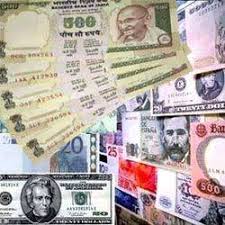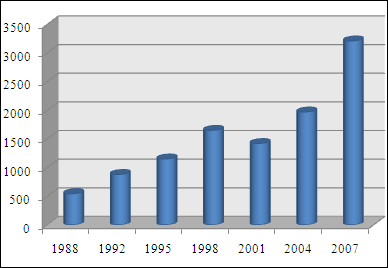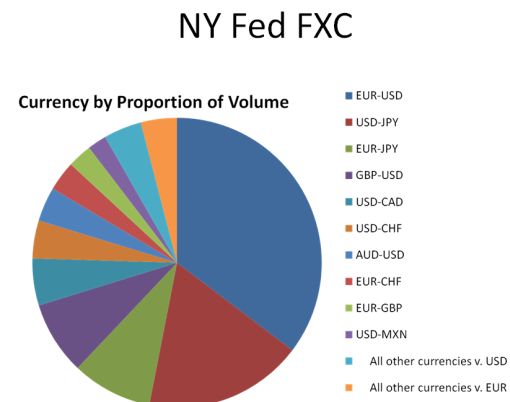India's foreign exchange reserves declined by $1.734 billion to $254.207 billion for the week ended May 15 from $255.941 billion in the previous week.

In the week under review, foreign currency assets (FCA) fell by $1.747 billion to $243.754 billion as against $245.501 billion in the previous week, RBI said in its weekly report.
FCAs, expressed in US dollar terms, include the effect of appreciation or depreciation of non-US currencies (such as euro, sterling, yen) held in reserves, RBI said.
The gold and special drawing rights (SDR) remained unchanged at $9.231 billion and $1 million for the week, the central bank said.
India's reserve position in International Monetary Fund (IMF) increased by $13 million to $1.221 billion in the week compared to $1.208-billion in the previous week.


